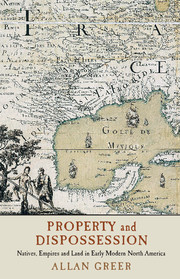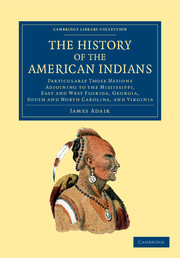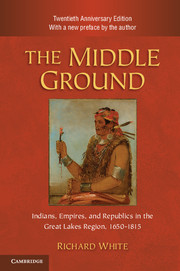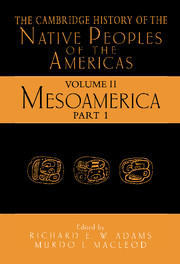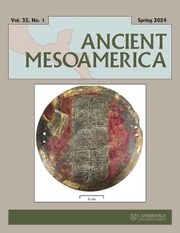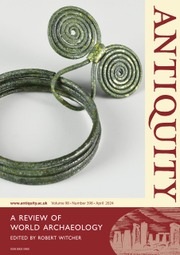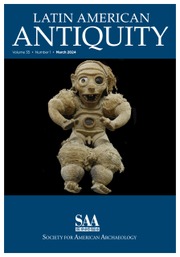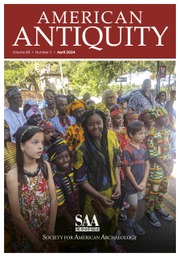Chiefdoms, Collapse, and Coalescence in the Early American South
This book provides a new conceptual framework for understanding how the Indian nations of the early American South emerged from the ruins of a precolonial, Mississippian world. A broad regional synthesis that ranges over much of the Eastern Woodlands, its focus is on the Indians of the Carolina Piedmont - the Catawbas and their neighbors - from 1400 to 1725. Using an 'eventful' approach to social change, Robin Beck argues that the collapse of the Mississippian world was fundamentally a transformation of political economy, from one built on maize to one of guns, slaves and hides. The story takes us from first encounters through the rise of the Indian slave trade and the scourge of disease to the wars that shook the American South in the early 1700s. Yet the book's focus remains on the Catawbas, drawing on their experiences in a violent, unstable landscape to develop a comparative perspective on structural continuity and change.
- Moves across disciplines by weaving social theory and historical narrative
- Offers a new theory of coalescence that explains how the Indian nations of the early American South emerged after the collapse of the Mississippian world
- Contains twenty-one maps that visually document three centuries of exploration and social change across the Carolina Piedmont
Reviews & endorsements
"Beck not only opens up the Mississippian world of the sixteenth century but also the various historical forces that worked to transform that world during the seventeenth and early eighteenth centuries. He writes with clarity, confidence, and authority and, without losing any of the power of the evidence or theory, he is careful to explain professional archaeological concepts for non-specialists. It is as fine a piece of scholarship as any I have ever seen."
Robbie Ethridge, University of Mississippi
"This is a a tour de force on the subject of culture contact that should be widely read by both archaeologists and historians. Beck's argument is theoretically sophisticated and at the same time clearly presented."
David G. Anderson, University of Tennessee
"… a must-read for teachers and scholars of the Native South."
Journal of American Studies
"This volume makes significant contributions to Southeastern archaeology and will be of great interest to anyone working with late prehistoric or colonial era indigenous communities."
Southeastern Archaeology
"Robin Beck's study traces the origin of the Catawba Indians from precontact Appalachian Mississippian chiefdoms through their emergence as a nation in the eighteenth-century Southeast … a compelling argument that combines the best aspects of anthropological and historical methodology grounded in a thorough discussion of its theoretical implications … This book is sure to open new avenues of inquiry not only for North American case studies but also for similar sociopolitical geneses elsewhere."
George Edward Milne, The Journal of American History
Product details
May 2013Adobe eBook Reader
9781107352551
0 pages
0kg
22 b/w illus. 21 maps 2 tables
This ISBN is for an eBook version which is distributed on our behalf by a third party.
Table of Contents
- Part I. Chiefdoms:
- 1. The desert of Ocute
- 2. The quartermaster's list
- Part II. Collapse:
- 3. The stranger Indians
- 4. The Waxhaws' burden
- Part III. Coalescence:
- 5. The color of war
- 6. The deerskin map.


